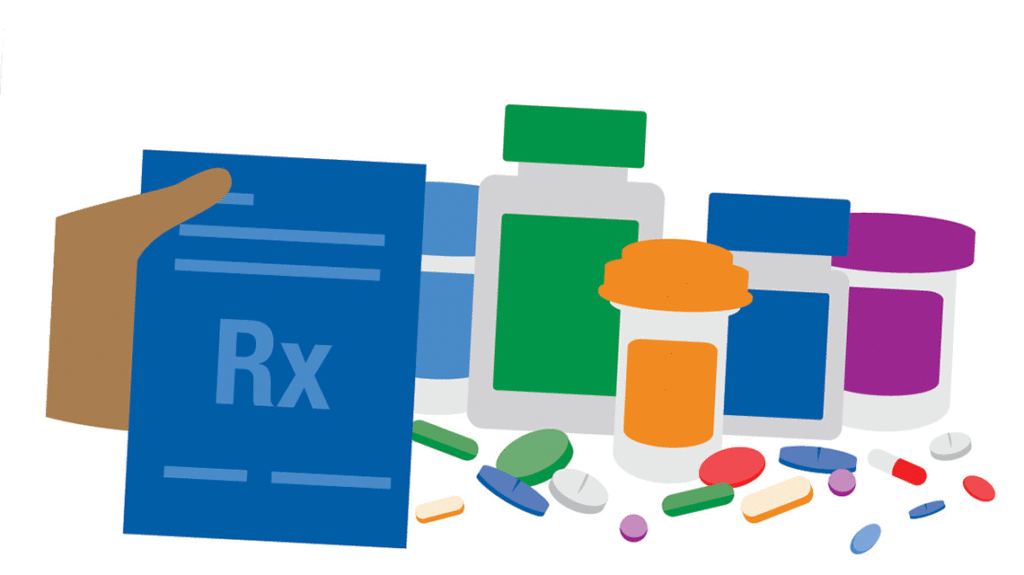The Opioid Education Toolkit: For Providers and Parents
The Opioid Education Toolkit: For Providers and Parents https://pediatricsnationwide.org/wp-content/uploads/2018/10/Opioid-Education-Toolkit-header-1024x575.gif 1024 575 Nationwide Children's Nationwide Children's https://secure.gravatar.com/avatar/8087ae3f73e51e24df5819a3363b55e0?s=96&d=mm&r=g- October 22, 2018
- Nationwide Children's

Do you know all the options for safe medication disposal? What are evidence-based methods for screening and assessing risk of opioid abuse? Find answers and resources in the Opioid Toolkit.
Opioid Safety Protocol for the Home
Four Points to Remember When Taking Opioids
- Monitor: Know where the medications are at all times. Keep a count of how many you have and be on the lookout for “Seekers”.
- Secure: Keep this medicine in a locked cabinet or lockbox AND out of the reach of children.
- Transition: Get your child on the combination of acetaminophen and ibuprofen and off the opioid medicine as soon as you can. This will make it less likely your child’s body will become dependent on opioids. It is especially important for acute pain.
- Disposal: Be sure to dispose of unused medicines properly, as soon as your child’s provider tells you it is time to do so. Opioids and other medicines should be disposed of when they are no longer needed.
[Downloadable handout available here: Four Steps to Safe Opioid Usage]
Safe Disposal Locations
The Drug Enforcement Administration has created safe and secure drop box locations to appropriately dispose of any unused or expired pain reliever medications. To find a location near you, visit the Rx Drug Drop Box website.
Tips for Talking With Kids About Medicine Abuse
Illicit drug use, particularly heroin, is usually preceded by prescription drug abuse. The Partnership for Drug-Free Kids offers tips for parents about talking to their kids about prescription drug abuse here.
Screening Patients for Opioid Abuse
One of the risk assessments recommended by experts is the Screener and Opioid Assessment for Patients with Pain (SOAPP). Screening for depression and other behavioral health conditions can also help providers identify patients at higher risk for opioid abuse.
In Ohio, physicians can use the Ohio Automated Rx Reporting System (OARRS) to see a patient’s other prescriptions for controlled medications. Other states also have prescription drug monitoring programs that can aid providers in screening patients who may be abusing or diverting medications.
- Post Tags:
- Addiction
- General Pediatrics
- Posted In:
- Features





